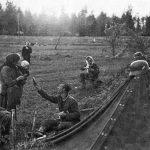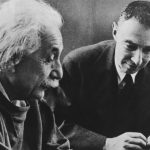The history of the United States is deeply connected to its post office. Established before the Declaration of Independence, the postal system has been a cornerstone of communication and progress.
In 1775, Benjamin Franklin was appointed the first postmaster general, transforming it from Britain’s Royal Mail into what we now know as the United States Postal Service (USPS).
Through every era—from the days of horse-drawn carriages to the advent of railroads and airmail—its mission has remained the same: to connect every American, no matter how far, and ensure that the heartbeat of communication keeps pace with the ever-expanding nation.
Let’s explore the fascinating journey of how mail has been delivered across the U.S. over the centuries.
The Early Days: Horseback Riders and Stagecoaches

In the late 18th century, horseback riders were the backbone of the postal system.
The federal government authorized the creation of post roads, connecting small post offices where people would line up to receive their mail. By 1789, there were 75 post offices and 2,400 miles of post roads serving a population of nearly four million people.
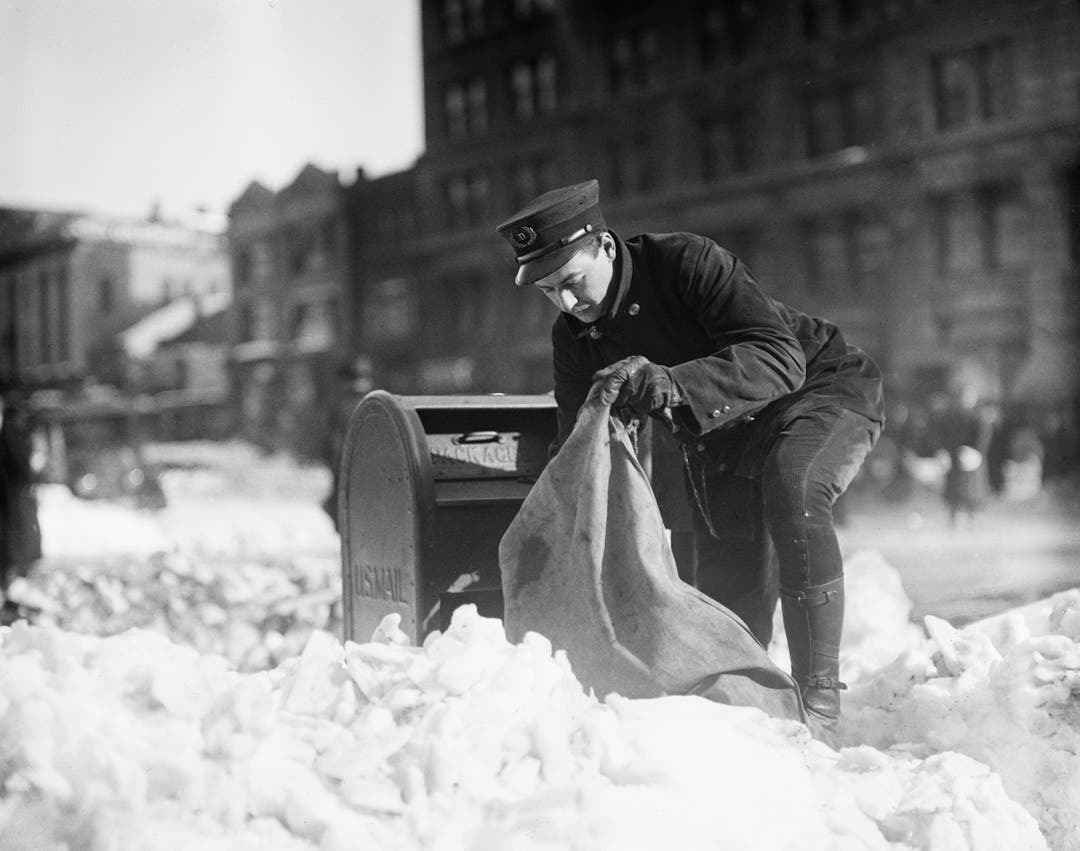
With westward expansion, the post office needed more efficient means of transport. Stagecoaches—large horse-drawn vehicles—began replacing individual post riders by the late 1700s.
Contracts with stagecoach lines enabled mail delivery along new routes, particularly during the California Gold Rush, which opened new territories for settlement. The Butterfield Overland Mail was one of the earliest services, carrying mail from Missouri to California in the 1850s.
Steamboats and Railroads: Faster and Further
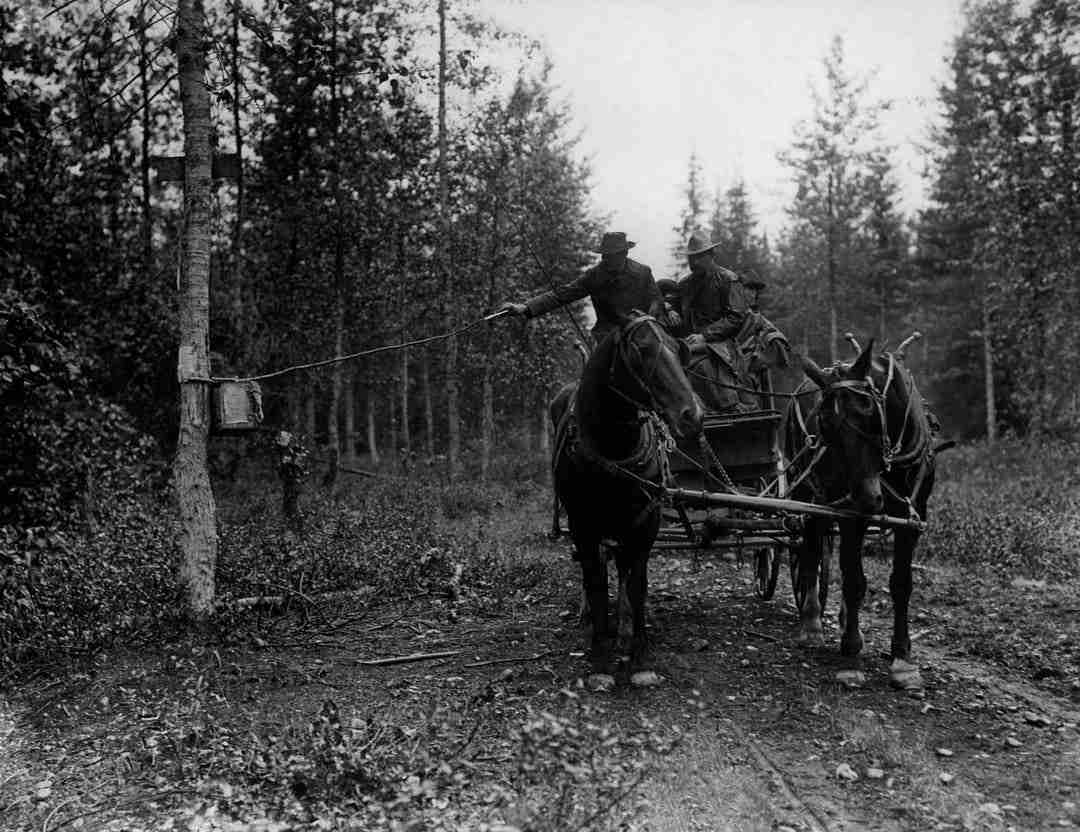
The introduction of steamboats in 1813 was a major advancement in mail delivery. These boats transported mail along key waterways, such as the East Coast and the Mississippi River.
By the mid-1820s, steamboats made mail delivery faster and more reliable. By 1848, steamships were carrying mail from the East Coast to California via the Isthmus of Panama, cutting delivery times to just three weeks.

The completion of the transcontinental railroad in 1869 marked another turning point. Railroads connected the entire country, allowing for the rapid transport of letters and packages.
By the 20th century, the Railway Mail Service (RMS) was handling 93 percent of all non-local mail in the U.S. Mail clerks would sort and distribute letters on moving trains, which ensured a fast and efficient mail system that lasted for nearly a century.
The Pony Express: A Legendary but Short-Lived Solution
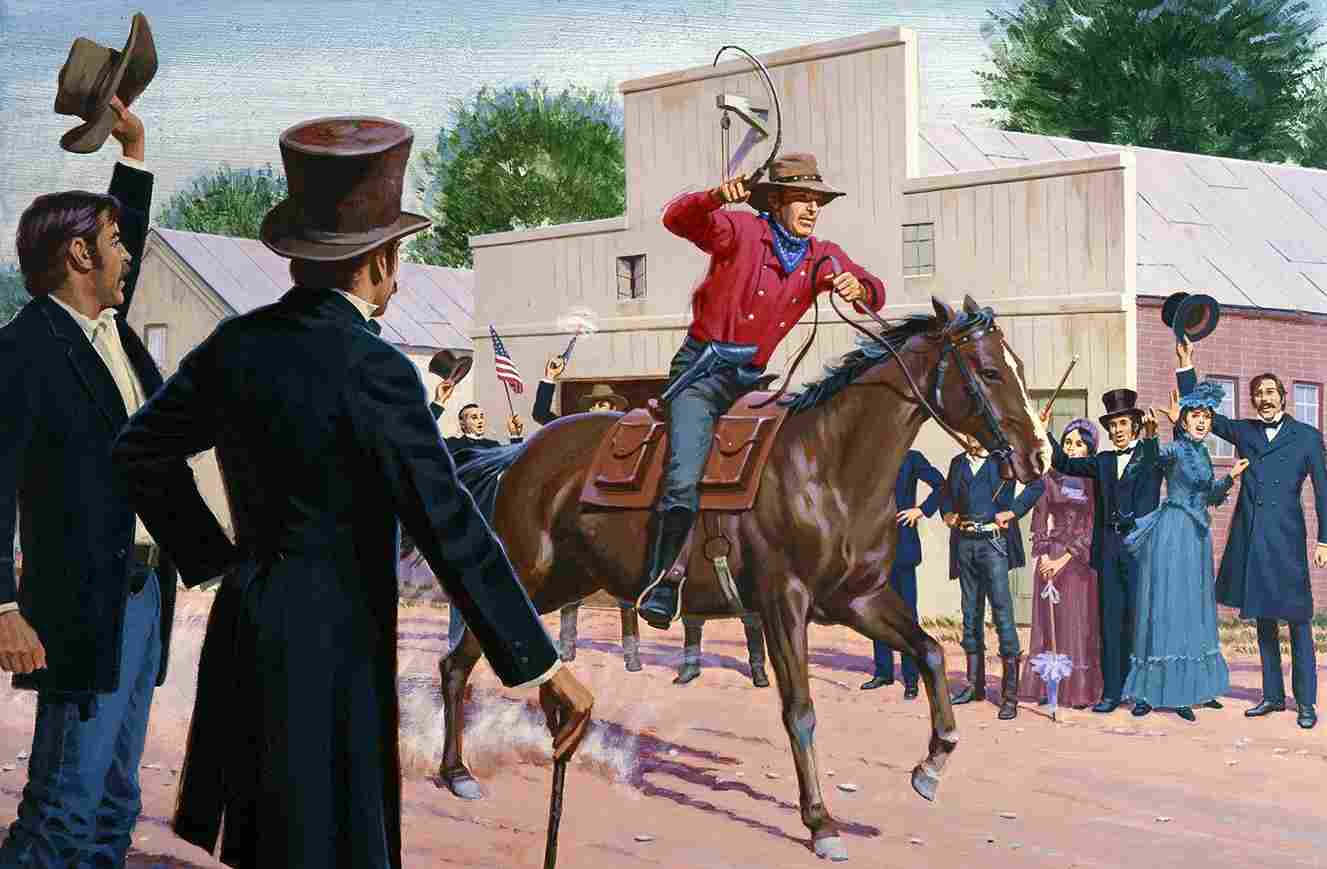
The Pony Express was one of the most exciting mail services in history. Starting in 1860, it was created to deliver mail as quickly as possible between Missouri and California.
Riders on horseback could make the trip in just 10 days, cutting the usual time in half. They switched horses every 10 to 15 miles to make sure the mail kept moving fast.
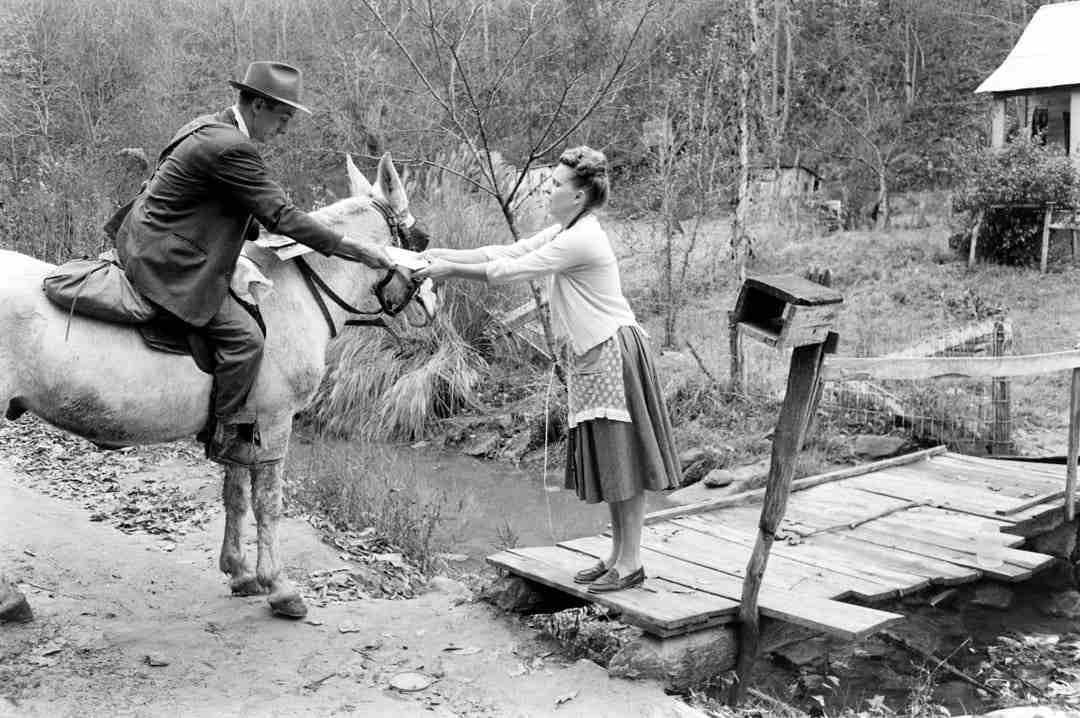
Though it only lasted for 18 months til 1861, when the telegraph line was completed, the Pony Express became legendary. The bravery of its riders and the speedy deliveries made it a famous part of the Wild West story.
Motorized Mail: The Rise of Automobiles and Motorcycles
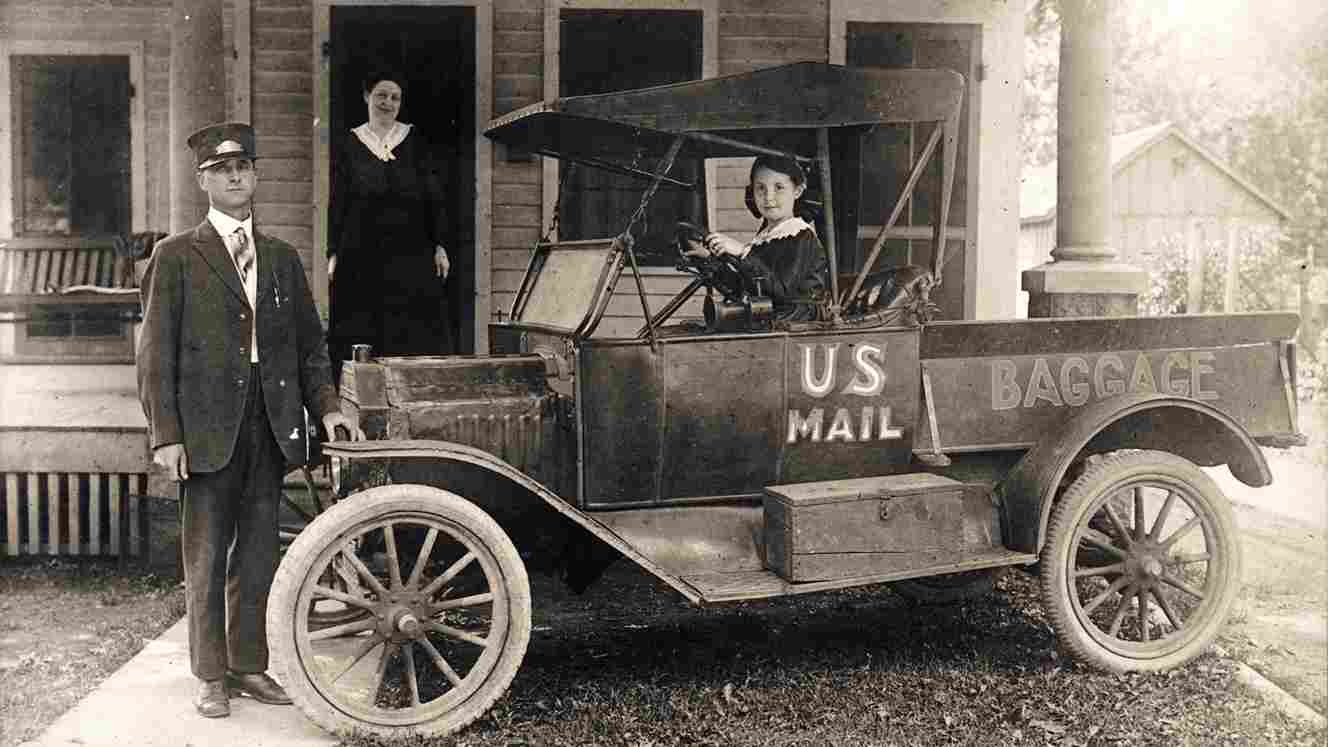
As motorized vehicles became popular in the early 20th century, the post office quickly jumped on board to modernize mail delivery.
In 1899, Buffalo, New York, introduced the first electric mail car, which sped up deliveries compared to the old horse-drawn wagons.

By 1933, nearly all city mail was being delivered by car, with only 2 percent of urban postal vehicles still relying on horses.
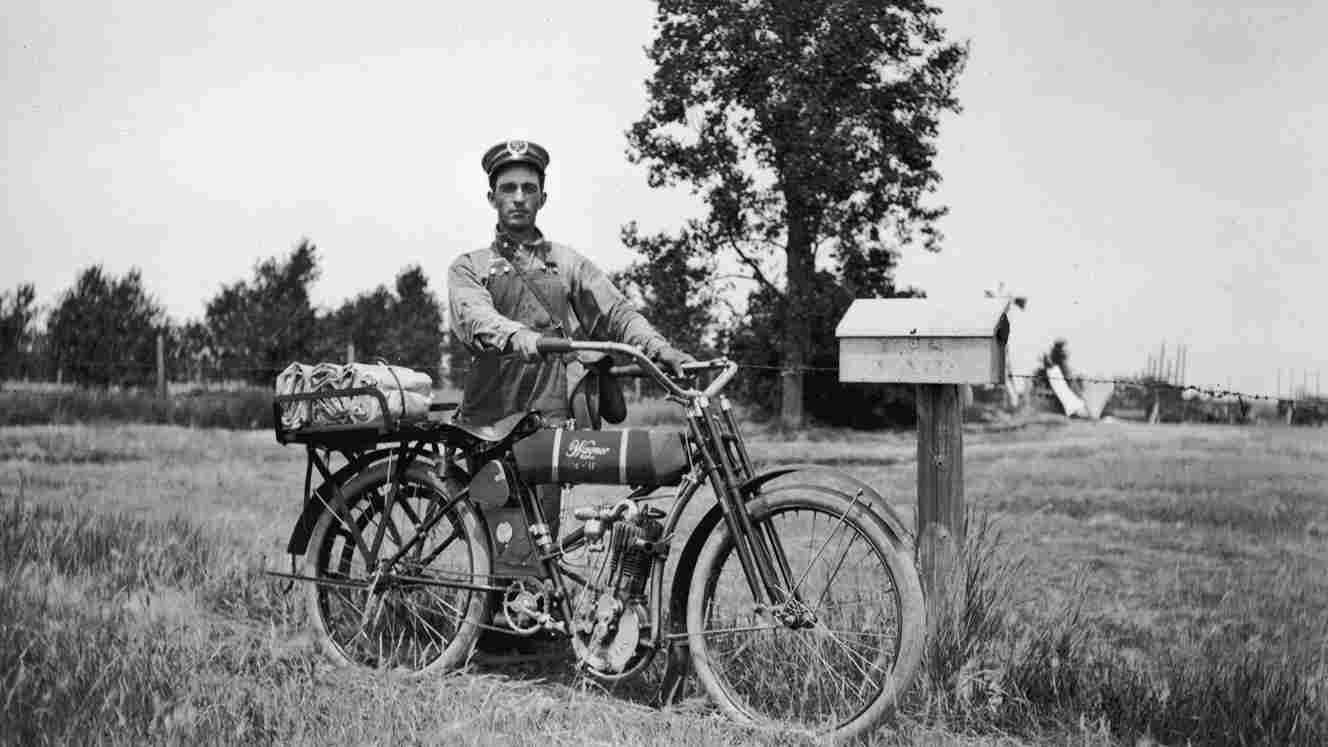
Rural areas benefited, too, thanks to the Rural Free Delivery (RFD) system, which started in 1896. This service brought mail straight to people’s doorsteps, even in the most remote areas, helping to keep everyone connected.
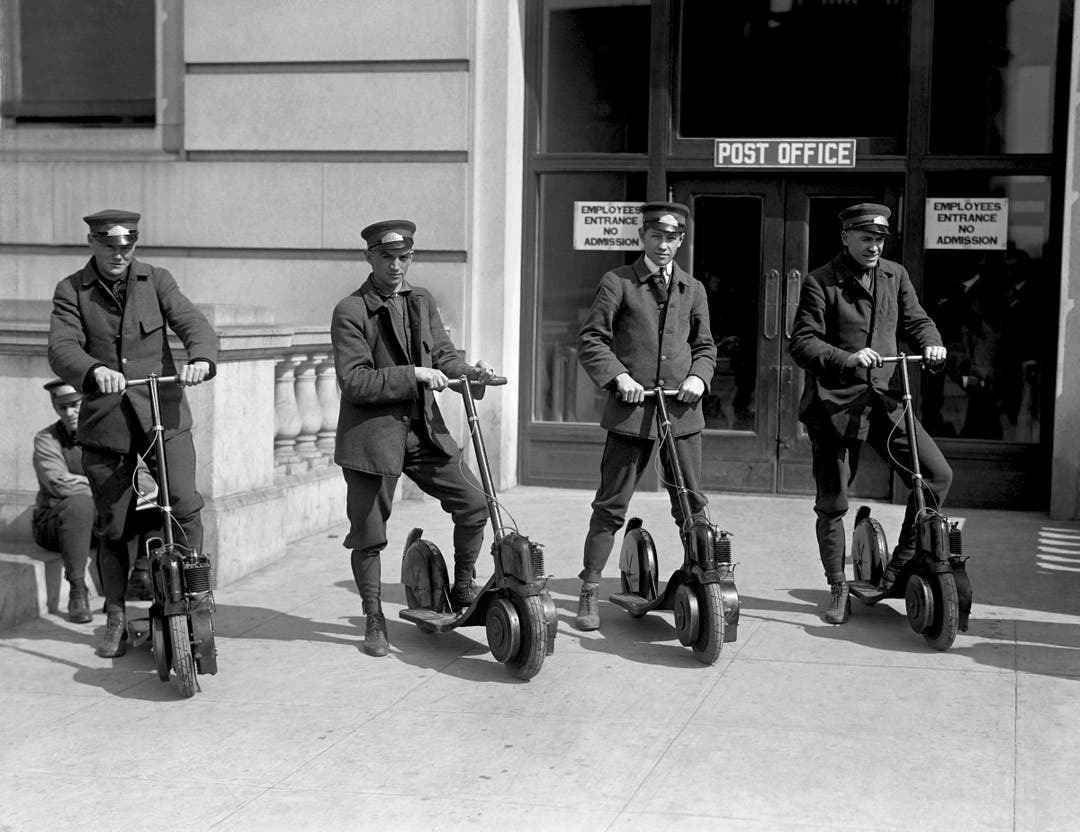
By the 1920s, postal workers tried out motorcycles for mail delivery in some regions. However, these were soon replaced by trucks because trucks offered more space for all the letters and packages.
Airmail and Victory Mail: Taking to the Skies
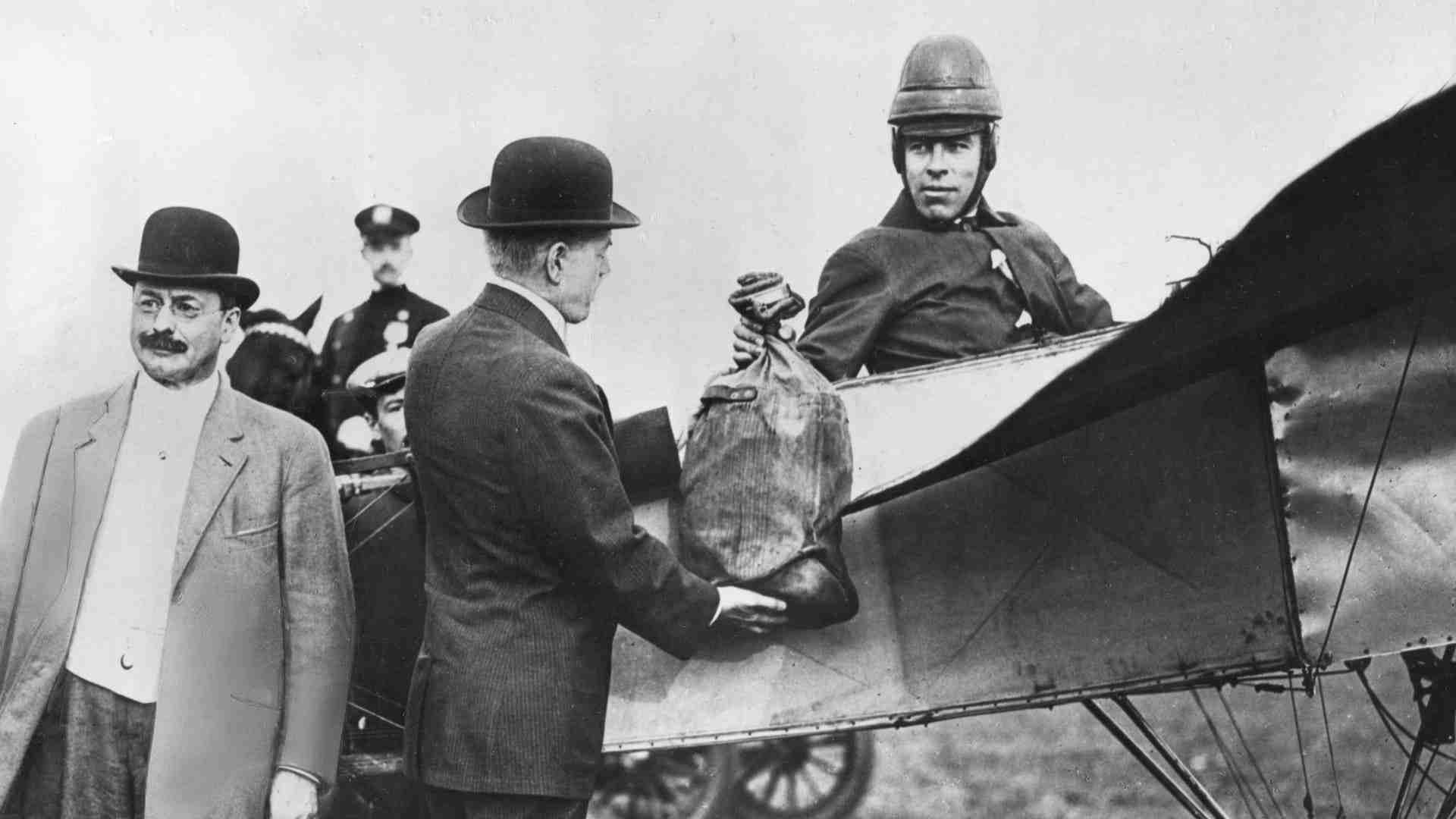
As technology advanced, the post office took to the skies to deliver mail faster. In 1911, aviator Earle Ovington made the first authorized airmail flight to carry letters between Garden City and Mineola, New York.
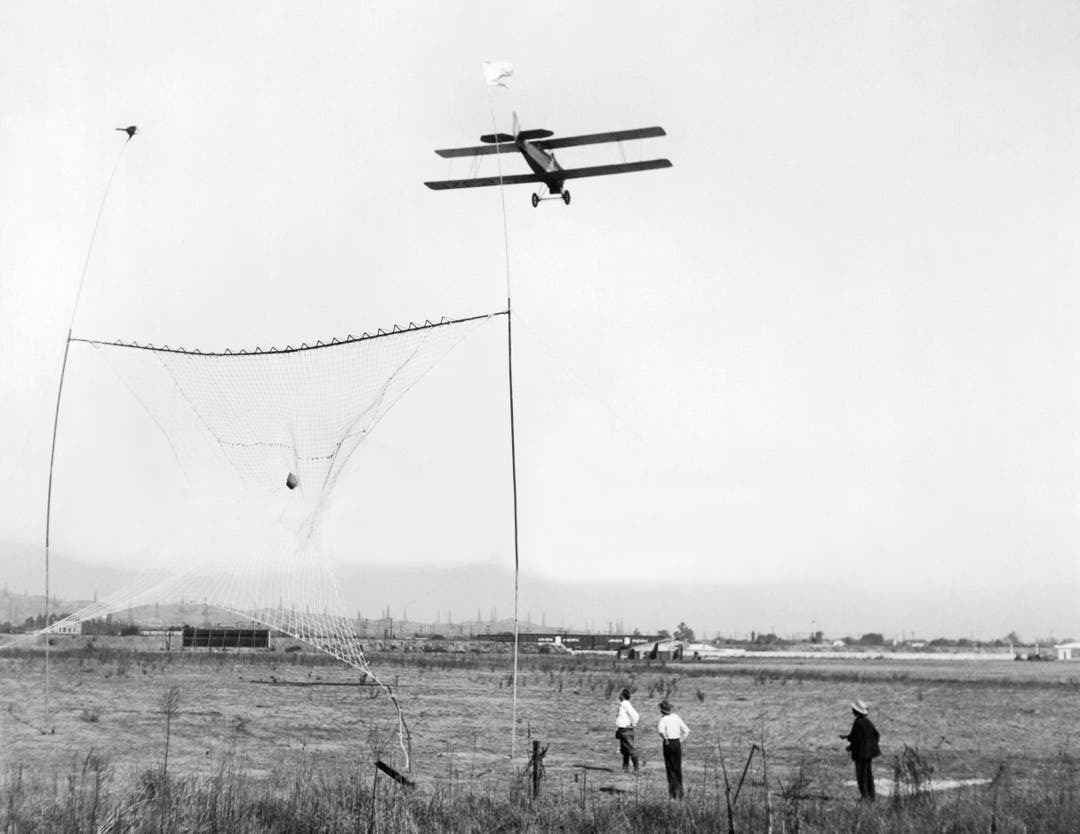
By 1918, regular airmail services using Army planes and pilots were up and running. Even the famous Charles Lindbergh flew mail routes before his legendary transatlantic flight in 1927.
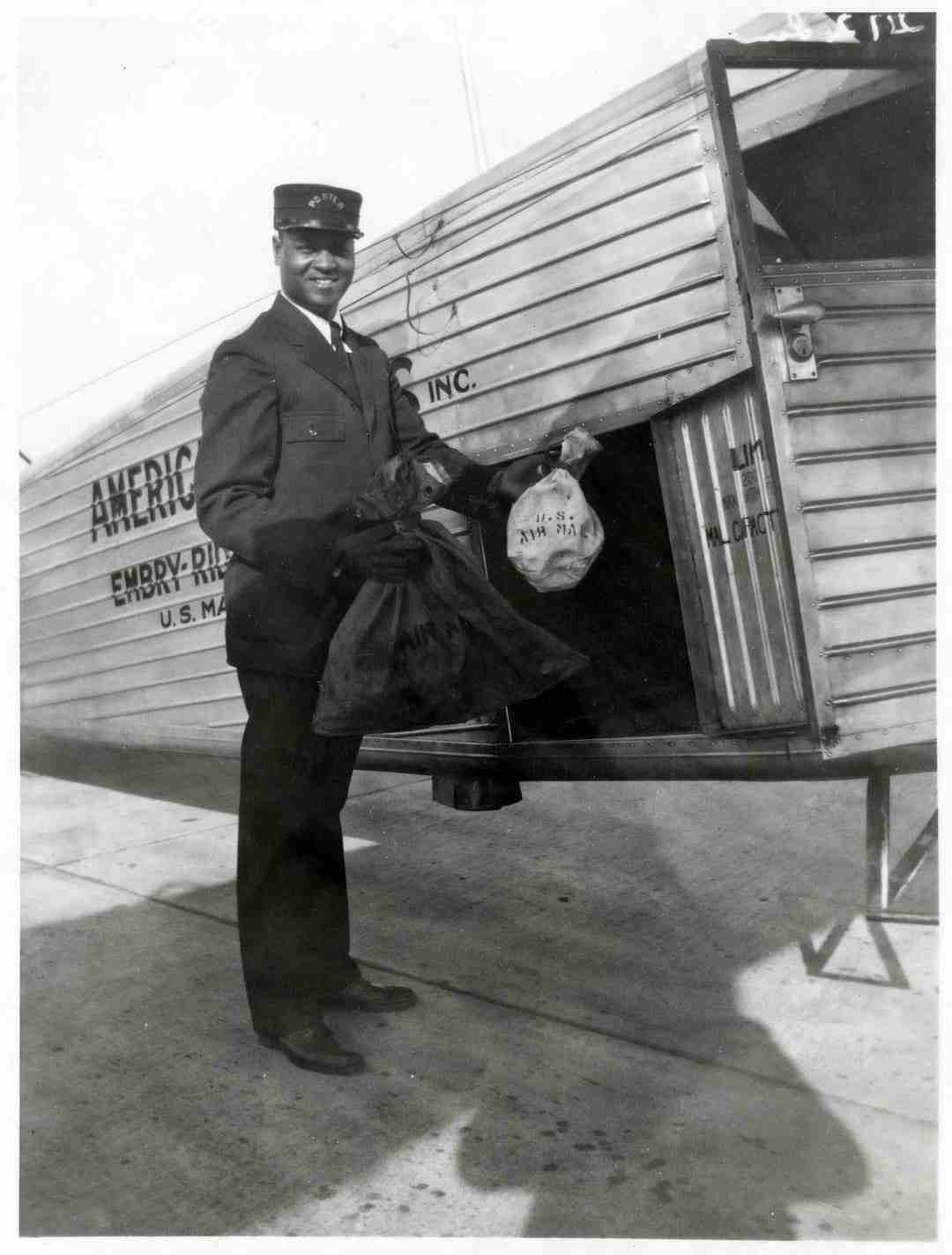
During World War II, a new innovation called Victory Mail (V-Mail) revolutionized mail delivery. To make sending letters overseas more efficient, V-Mail used microfilm to shrink letters to a fraction of their original size.
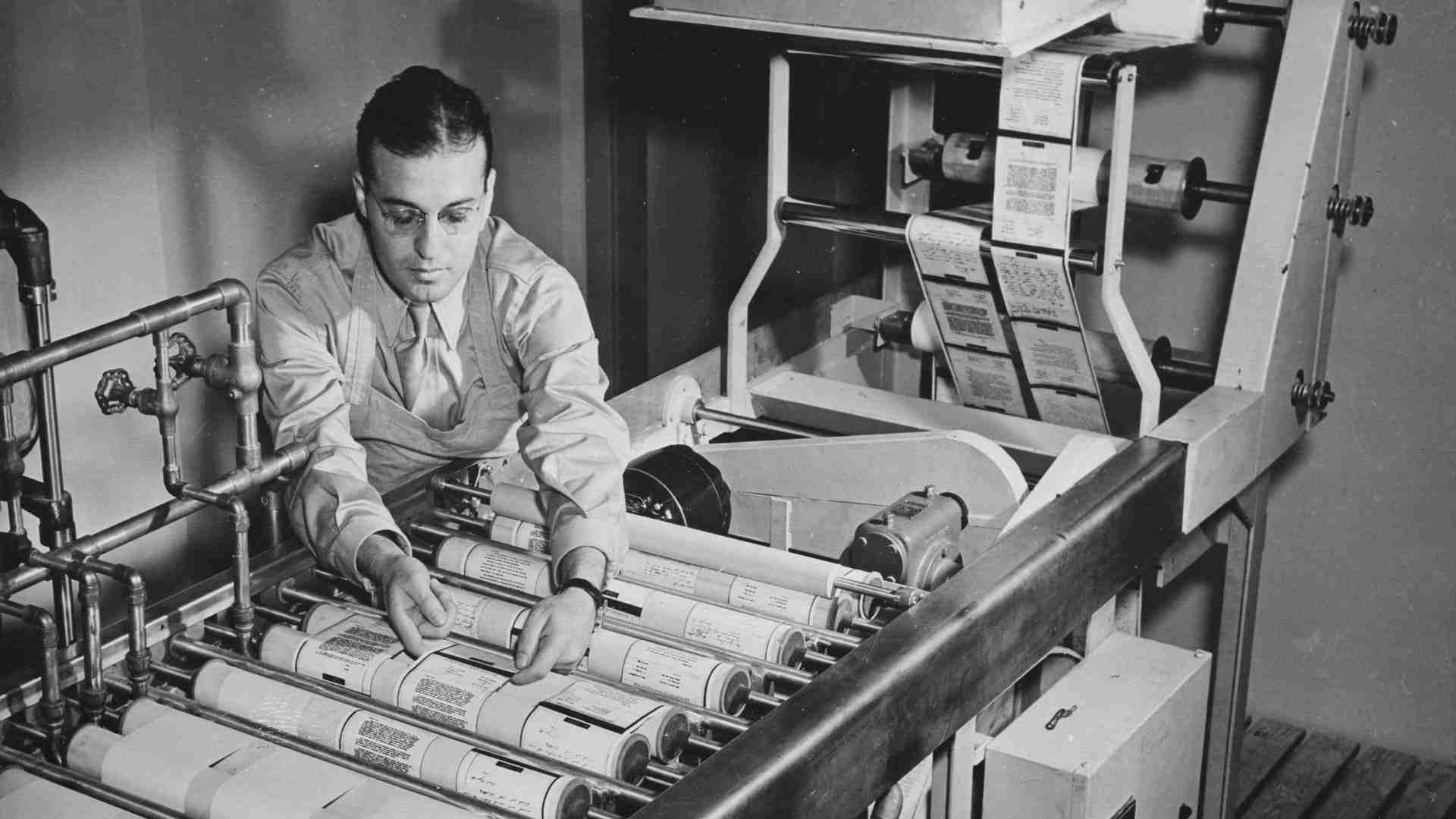
The post office would photograph letters, send the film, and then develop and print the letters at military stations abroad. This clever system saved millions of pounds in cargo space!
Unconventional Methods: Pneumatic Tubes and Beyond

One of the quirkiest ways mail was delivered involved the pneumatic tube system.
Mail canisters whizzing through underground tubes, propelled by pressurized air, zooming from one postal facility to another at 30 mph.
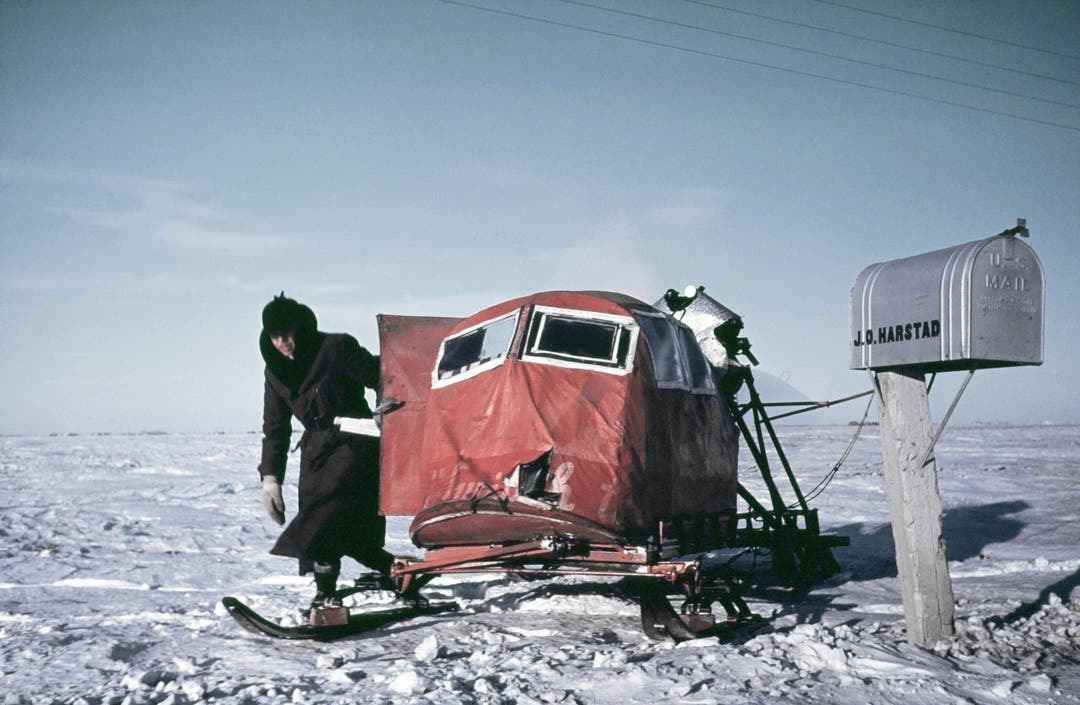
These futuristic tubes, developed in the early 20th century, connected postal offices in six major U.S. cities and could carry up to 500 letters at a time! This high-speed system was phased out in the 1950s.

